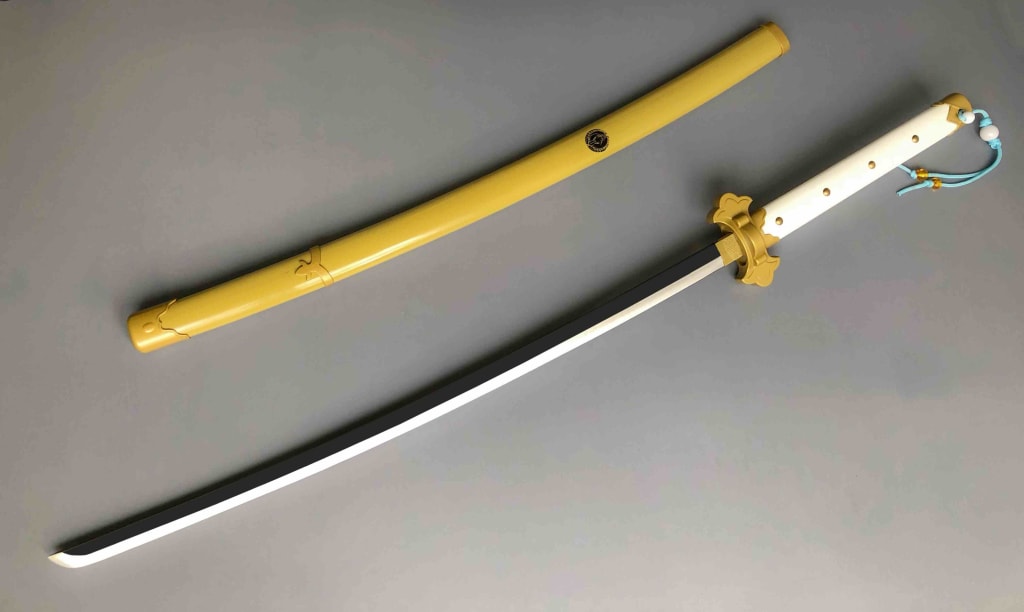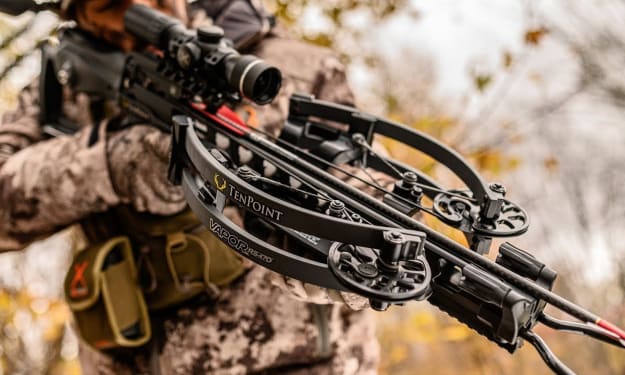What are the Unique Features of Katana Sword?
Katana Sword

A sword from Japan that was originally meant for close-quarters combat. The blade is single-edged and has a slight curve in it so that the tip of the sword always points downward when drawn. The weight of the blade can vary a lot depending on the designer's intentions; however, generally speaking, historically speaking, most swords were between 4 and 5 pounds.
Many different types of swords have been designed over time to suit many different purposes; today there are hundreds of types and designs. Some katanas were kept in pairs by carrying one on each hip while others were carried through belts around the waist or worn suspended from shoulder straps with two loops at each end to attach to either belt or shoulder strap as desired.
The History and Legacy of Katana Sword
The name Katana is believed to have come about after the development of forging technology in Japan. Swords made prior to 1600 A.D. The katana sword is the much-revered sword of Japan, believed to have been used by the samurai class. Commonly referred to as the "soul of the samurai," it is an artistic weapon that symbolizes honor and tradition in Japan.
It is thought that these swords first began to be made in 980 A.D., by a swordsmith named Amakuni Yasusada, who lived at that time during the Heian period. This was just after Japan's ruler Emperor Murakami ordered all weapons makers in his empire to come together and begin forging new swords for peaceful times. During this time, the Japanese sword began to vary in design and function. The early swords were made for fighting, but they later became ornamental.
The Nihontō or Nihon tō was named after its place of origin: Japan. In modern times, it is known as the katana because swordsmiths began making swords using sand deposits along the riverbanks of Hitachi as their iron ore source. They named their creations Nihon tō because they were manufactured from native Japanese materials.
Design and Construction of Katana Blades:
The art and craft of sword-making has existed for many centuries in a number of cultures. The Japanese culture, in particular, is renowned not only for the quality but also for the beauty of its swords, which have come to be known as "katana swords".
Katana blades are traditionally made from packaged steel most commonly found in Japan that has been rolled until it becomes a long strip with a thickness less than 0.1mm. This process is called "karatage." The blade was then folded back and placed into the charcoal fire to harden the metal. The sword-maker would then straighten the metal and polish it to a high finish before tempering the blade to harden it further and make the steel resistant to heat.
The intrinsic value of katana blades outstrips that of other sword types due to their unique design. While it may be difficult to appreciate from a photograph, the katana's blade is usually thicker and heavier than a katana made from normal steel. The blade quality was such that they could cut through tree branches with ease.
Distinctive Characteristics of Katana Handles:
The katana is a uniquely Japanese sword with a distinctive curved blade and straight, slender, double-edged staff. It was traditionally made with horsehair rather than metal, but the modern-day sword typically consists of both steel and stainless steel. The grip can either be wrapped in silk cord or wrapped with strips of leather wrapped around the tang on both sides.
The edge is sharpened to a concave shape called "hamon" (tempered line) that causes sparks to fly when it meets another blade. These swords are traditionally unsheathed with the left hand from the sash or obi belt up through an opening in the top of the hakama that was customarily worn during formal dress as part of Japanese traditional dress.
They are usually considered to be traditionally two-handed, but other styles (such as the kenjutsu) can make it a single-handed sword. Katana blades range in length from 6 inches (150 millimeters) to 30 inches (760 millimeters). In the early modern period, katana were stored in a "shira" or storage box, with tang externally exposed. The period dating back to this time is known as "shirasaya" or "Early Modern Japanese Sword".
Unveiling the Artistry: Katana Sword Ornaments!
These unique sword ornaments were created in the 1800s by Japanese artisans who used to carve them from metal sheets. This was before katana swords became more associated with the samurai and before they became more popular among collectors. Nowadays, hundreds of these intricate pieces are produced every year, and they are on display at museums all across Japan. The katana sword ornaments are often made of precious metals along with jade or gemstones.
The materials are usually ones that would have been used in older katana swords. Because of this, they are also called "gokaden". The ornament is affixed to the scabbard by way of a spike at the rear end of the ornament. The spike fits through a small hole near the tip of the sword’s scabbard. It is kept in place by means of a string that passes through another hole on the other side and attaches to a metal washer at the end near where it attaches to the scabbard.
About the Creator
Mai Sophia
A Writer/blogger by day, a knife enthusiast and survivalist by night. I've reviewed a lot of products and have helped people make the right purchase
Enjoyed the story? Support the Creator.
Subscribe for free to receive all their stories in your feed. You could also pledge your support or give them a one-off tip, letting them know you appreciate their work.






Comments
There are no comments for this story
Be the first to respond and start the conversation.